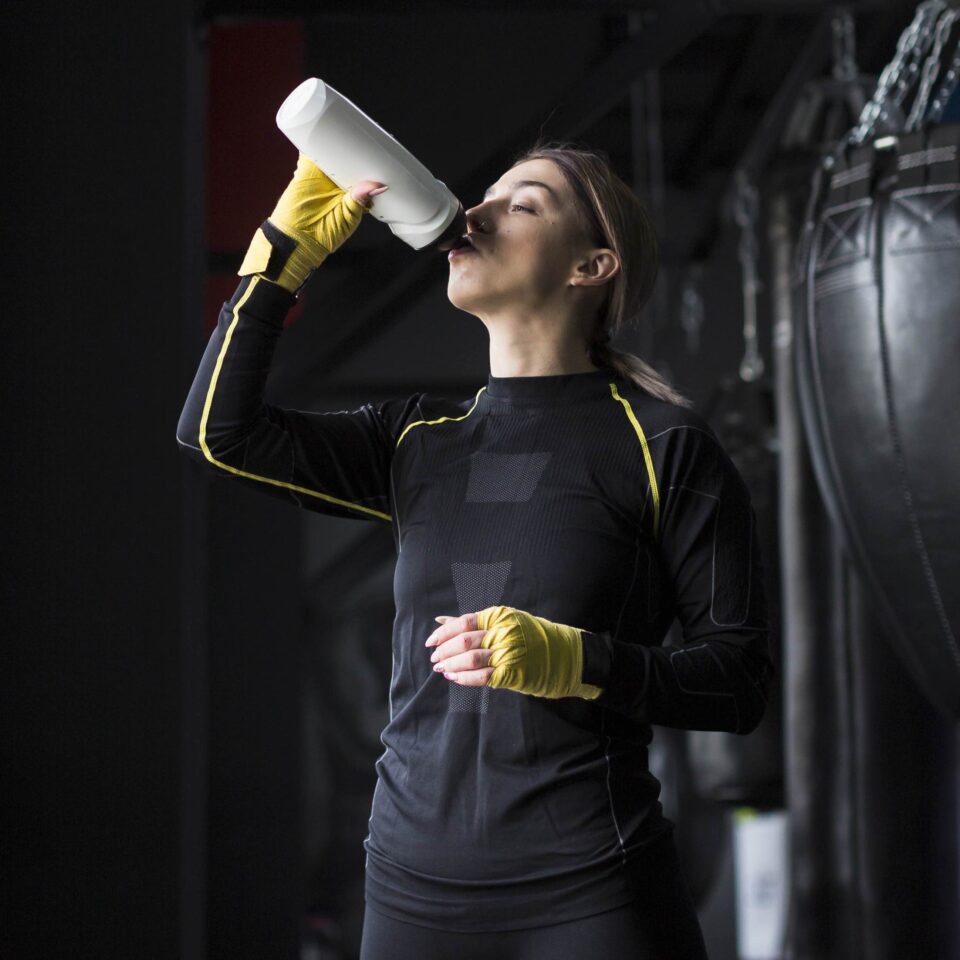Doping is a controversial topic in the sports world. This is what you should know about it.
Doping has long been an issue in the sports world. You’ve probably encountered headlines regarding this topic in the past — when cyclist Lance Armstrong was stripped of his Tour de France titles; when baseball player Manny Ramirez was caught using performance-enhancing drugs; and recently, when Filipino athletes such as Gilas player Justin Brownlee and cyclist Ariana Evangelista tested positive for doping at the 19th Asian Games.
Doping is a hot-button issue that has put many athletes as subjects of controversy over the years, especially in the realm of competitive and professional sports. But what is doping exactly?
Here’s what you should know about it.
What does it mean when an athlete is caught doping?
The term ‘doping’ in the sports world refers to the use of banned substances to improve athletic performance. Often, athletes who are caught doping are found to have been using some form of illegal performance-enhancing drugs (PEDs).
There are many different kinds of performance-enhancing drugs available to athletes that can give them an unfair advantage over their competitors. Some of these include anabolic steroids, growth hormones, stimulants, and diuretics, among others.
One of the biggest doping scandals to ever break the news was Lance Armstrong’s case. The American cyclist won seven consecutive in the Tour de France, making him one of the most renowned athletes in his sport. But in 2012, the U.S. Anti-Doping Agency accused him of using PEDs. He later confessed that he had been doping in all the Tour de France races he won, and among the substances he used was EPO (erythropoietin), a hormone that stimulates the production of red blood cells, which increases oxygen in the muscles to improve endurance.
Lance Armstrong’s case is what should have been a cautionary tale. When an athlete is caught doping, they are usually stripped of any successes they won.
How are athletes caught?
Doping can come in many different forms and they can interfere with the integrity of a competition, which is why protocols are put in place in order to determine if an athlete has taken illegal substances or not.
One way that the World Anti-Doping Agency helps sports competitions around the world to do this is by taking blood samples or urine samples from athletes and testing these to find any evidence of doping. Most competitions have protocols like this to ensure fair play.
However, these tests are not always perfect.
Many legal drugs that athletes take to treat injuries or diseases can have traces of illegal substances, which can cause them to test positive for doping. For instance, American track and field sprinter and two-time gold medalist LaShawn Merritt received a two-year ban after he tested positive for the steroid known as prasterone, which he unknowingly consumed when he was taking a male enhancement product. The ban was later overturned.
Another example of this is from the recent 19th Asian Games. Filipina cyclist Ariana Evangelista was accused of doping when she tested positive for using PEDs during her event in the competition. However, Evangelista appealed the accusation, pointing out that there could have been other factors that contributed to the failed result, and is waiting for the results of her B sample as of writing.
Although everyone would like to see a sporting world in which results are obtained honestly, the line that separates fair and unfair is sometimes blurry, especially when it comes to matters such as doping. But the good news is that with these protocols in place, though not exactly perfect, the right (and fairest) results come forward more often than not with due process.
Banner image from Freepik.
Related Stories:
5 Underrated Nutrients That Can Benefit An Athlete’s Performance
3 Underrated Forms of Training That Every Athlete Can Benefit From
